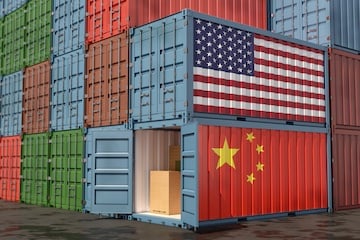
"President Trump eliminated the de minimis exemption effective August 29, 2025. Most U.S.-bound shipments valued at $800 or less will incur applicable duties, taxes, fees, and other charges, although the change affected packages from China and Hong Kong as of May. And the U.S. Postal Service, in collaboration with other domestic postal providers, has a six-month transition period. Nonetheless, the change represents a dramatic shift for ecommerce."
"The American de minimis rule had been unprecedented. Many countries have similar exemptions for relatively low-value imports, but none come close to an $800 ceiling. European Union nations typically cap their customs duty at the equivalent of $175, but charge a value-added tax from the first penny. Canada's exemptions for customs duties and taxes max out at $150 CAD, or approximately $100 USD. Mexico allows shipments of up to $50 USD for a de minimis value."
The de minimis threshold rose from $1 to $800, exempting most low-value imports from customs processing and duties and enabling cross-border dropshippers, fast-fashion brands, and other ecommerce sellers. The de minimis exemption ended effective August 29, 2025, so most U.S.-bound shipments valued at $800 or less will incur duties, taxes, fees, and other charges, with earlier changes affecting packages from China and Hong Kong. The U.S. Postal Service and domestic postal providers initiated a six-month transition. Many other countries maintain much lower de minimis ceilings and often collect VAT from the first penny. Some businesses face higher costs and compliance burdens while others may gain competitive advantage.
Read at Practical Ecommerce
Unable to calculate read time
Collection
[
|
...
]